Vietnam - Norway cooperation in clean energy, especially offshore wind power, is opening up opportunities for sustainable development between the two countries in the coming time.
In recent years, trade relations between Vietnam and Norway have developed significantly. According to statistics from the General Department of Vietnam Customs, in the first 11 months of 2024, the import-export turnover between Vietnam and Norway reached 576.41 million USD. Of which, Vietnam exported 120.96 million USD to Norway, down 40.9% and imported 455.45 million USD from Norway, up 14.8% over the same period last year.
Regarding cooperation in the field of clean energy, Norway has committed to investing 250 million USD in renewable energy projects and solutions to reduce greenhouse gas emissions in Vietnam.
In addition, Norway also supports Vietnam in developing offshore wind power, through sharing experiences and supporting the development of Marine Spatial Planning, an important tool for zoning offshore wind power development areas.
Notably, a number of Norwegian companies have invested and are actively operating in the renewable energy sector in Vietnam. For example, Mainstream Renewable Power operates Vietnam’s largest offshore wind farm in Soc Trang province and is developing another wind project in Ben Tre. VARD, with a shipyard in Vung Tau, specializes in building specialized vessels for the offshore wind industry.
Reporter of Industry and Trade Newspaper had an interview with Ms. Hilde Solbakken - Norwegian Ambassador to Vietnam to better understand the story of economic, trade and investment cooperation, including energy cooperation between Vietnam and Norway.
 |
| Ms. Hilde Solbakken - Norwegian Ambassador to Vietnam. Photo: Vi Anh |
- How do you evaluate the trade relationship between Vietnam and Norway over the years?
Ms. Hilde Solbakken: I am very pleased to see that our two countries have maintained a very close trade cooperation relationship over the past time. Specifically, in the past 10 years, the trade turnover between the two countries has increased more than 3 times. Based on complementary strengths and common interests in sustainable development, the two countries not only focus on trade exchanges but also promote cooperation activities to ensure sustainable development, creating a foundation for long-term growth.
Norway has many advantages in innovative, green and sustainable solutions in many industries such as aquaculture, renewable energy, circular economy. We see that as Vietnam’s economy develops dynamically, the demand for these sustainable solutions also increases, creating many new opportunities for cooperation between the two countries.
But I think what could really boost our trade relationship is a free trade agreement between Vietnam and the countries of the European Free Trade Area (EFTA). We have been negotiating this agreement for many years and hope to conclude it soon.
- Can you assess the challenges and difficulties that the two countries may encounter in energy cooperation in the coming time?
Hilde Solbakken: Norway and Vietnam are signatories to the Paris Agreement on climate change and we have made very ambitious commitments under the agreement. Vietnam aims to become a net zero emitter by 2050. Norway is committed to becoming carbon neutral by 2030.
In Vietnam, Norway and the G7 countries signed the Just Energy Transition Partnership (JETP) agreement to support Vietnam in phasing out coal and fossil fuels and increasing the use of renewable energy.
Under JETP, Norway has committed to investing USD 250 million from our climate investment funds in renewable energy projects and solutions to reduce greenhouse gas emissions.
Norway also cooperates significantly in the field of offshore wind power, sharing with Vietnam its experience in developing this field in Norway. One of the notable points is that Norway has supported Vietnam in developing a Marine Spatial Planning. This is a very important tool to support zoning for offshore wind power development areas. The Marine Spatial Planning was approved by the Vietnamese National Assembly in early 2024. We hope that in 2025 there will be pilot projects implemented.
In addition, the cooperation between the General Department of Hydrometeorology (Vietnam) and the Norwegian Meteorological Institute related to marine weather forecasting, including wave level and wind speed forecasting along the coast, is also very important in the development of offshore wind power.
Last year, we also published our second Supply Chain Report for the offshore wind sector in Vietnam, which highlighted Vietnam’s huge potential in the offshore wind sector, with key technical specifications, existing port systems and areas that need further development to realise this ambitious goal.
It is impossible not to mention the important contribution of Norwegian companies to the renewable energy sector in Vietnam, including human resource training and technology transfer. Let me name a few: Mainstream Renewable Power is a wind energy producer in Vietnam and is operating the largest offshore wind farm in Vietnam in Soc Trang province. Maintrseam is also implementing another wind power project in Ben Tre and is planning to develop a solar power project as well.
VARD is a Norwegian shipbuilding company that operates a large yard in Vung Tau, Vietnam, that builds advanced specialist vessels for the offshore wind industry. Currently, VARD ships are mainly used for wind farms in the UK and other countries, but we hope that in the future, ships from VARD’s shipyard will be used for offshore wind farms in Vietnam.
DNV is another Norwegian company active in the renewable energy value chain. DNV provides comprehensive assurance services for the renewable energy value chain, including specialized consulting, monitoring, inspection and certification services.
- What can Vietnam learn from Norway about clean energy development models, especially wind and hydropower, madam?
Hilde Solbakken: First of all, let me say a little about the energy mix in Norway. In fact, 99% of our electricity is produced by hydroelectricity and we have been fortunate to have hydroelectricity since the beginning of the 20th century.
Norway is also one of the world's largest exporters of oil and gas. However, in the context of the green energy transition, we are gradually replacing this energy source with renewable energy. Therefore, wind, especially offshore wind, is becoming an increasingly important energy source in Norway. In addition, we are conducting a lot of research and investment to turn hydrogen into a clean energy source of the future.
What can Vietnam learn from Norway? I think it is clear that each country needs to find solutions that are appropriate to its own circumstances. However, I would like to share some of the ways that Norway has done it and found it to be very effective.
First of all, we always focus on mobilizing the participation of the entire government system in joint efforts, ensuring that energy policies are built in accordance with general economic policies, social and community needs, especially with environmental protection requirements.
Norway has a long tradition of maintaining close collaboration between government/public institutions; industry/private sector; and universities/research institutes. This tripartite approach has proven to be very effective in finding long-term sustainable solutions in Norway.
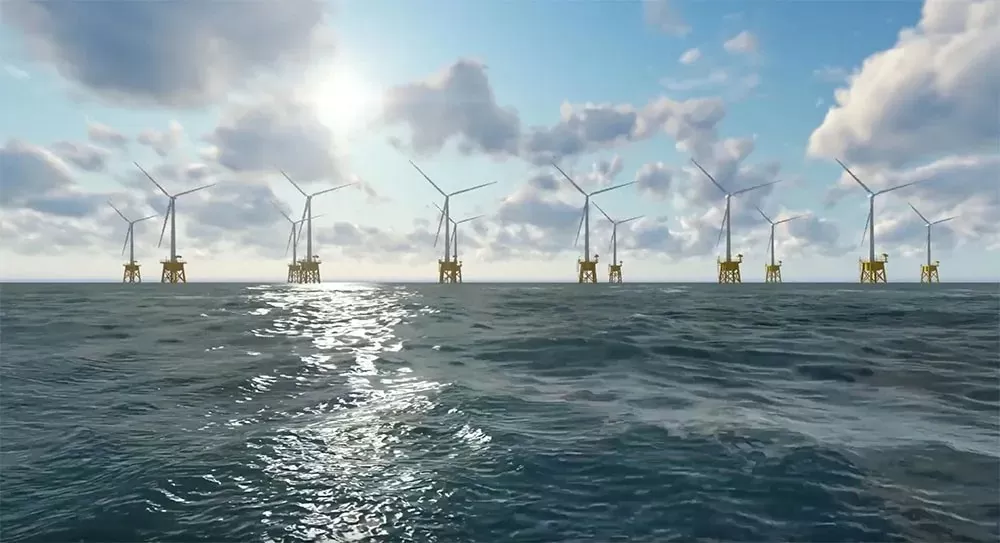 |
| Offshore wind power opens a “new door” for Vietnam-Norway cooperation. Illustrative photo |
As an example, this approach is particularly relevant to the offshore wind sector. Marine spatial planning is an opportunity to engage all stakeholders, consider the different interests in ocean resource use and environmental factors, and integrate them all into the master plan.
For new industries like offshore wind, we take a phased approach so we can learn as we go. Since developing a new industry, especially offshore wind, is complex, a phased approach allows us to stop, learn, and move on.
- In your opinion, in the coming time, how should Vietnam reform its investment environment to attract and retain investors from Norway?
Ms. Hilde Solbakken: In my opinion, Vietnam's remarkable success in economic development began with the Doi Moi policy in 1986. Opening up to international trade, foreign investment and promoting the movement of capital and expertise from abroad into Vietnam has brought about many positive results.
I see that Vietnam has been very proactive in learning and researching global best practices to effectively apply domestically. Perhaps the formula for the upcoming reforms will be a version of “Innovation 2.0”, to continue to promote the factors that have created success so far.
Investors always want a favorable investment environment with a clear legal framework that can help them make the necessary predictions. In the energy sector, we see that Vietnam's legal framework has gradually improved. However, investors still expect more feasible regulations, such as a mechanism for connecting renewable energy to the national grid, or pricing mechanisms. We hope that these regulations will be issued soon.
In addition, measures to ensure investment safety and legal protection for foreign investors are also very important. Along with that is the need to simplify administrative procedures in establishing and operating enterprises. Last but not least, the level and skills of the workforce are important. These are important contents that determine the attractiveness of the investment environment.
- In 2025 and the coming time, what programs or plans will the Norwegian Embassy implement to promote investment between Norway and Vietnam, especially in potential areas in which the two countries are cooperating?
Ms. Hilde Solbakken: I think that perhaps the most concrete investment plans are within the framework of the Just Energy Transition Partnership (JETP), with 250 million USD ready and waiting for disbursement opportunities in Vietnam.
More than 40 Norwegian companies are already operating in Vietnam and are looking to continue and expand their operations here. More and more Norwegian companies are interested in entering and operating in the Vietnamese market, especially in the fields of renewable energy, aquaculture, circular economy, and especially in the new field of green transport in the maritime industry.
My hope is that in 2025 we will officially sign a Norway-Vietnam Green Strategic Partnership Agreement. The two countries decided on this during the state visit of Vietnamese Vice President Vo Thi Anh Xuan to Norway in November 2023. I really hope that we can make this happen this year. This will be a good foundation for expanding bilateral cooperation between the two countries. And of course, a free trade agreement between EFTA and Vietnam will certainly give a big boost to bilateral trade.
Thank you!
| Under the JETP, Norway has committed to investing USD 250 million from climate investment funds in renewable energy projects and solutions to reduce greenhouse gas emissions. Norway also cooperates significantly in the offshore wind sector, sharing with Vietnam its experience in developing this sector in Norway. One of the notable points is that Norway has supported Vietnam in developing a Marine Spatial Plan. This is a very important tool to support zoning for offshore wind development areas. The Marine Spatial Plan was approved by the Vietnamese National Assembly in early 2024. Norway also hopes to have pilot projects implemented in 2025. |
Source: https://congthuong.vn/dien-gio-ngoai-khoi-mo-canh-cua-moi-cho-hop-tac-viet-nam-na-uy-371327.html


![[Photo] General Secretary To Lam holds talks with General Secretary and President of China Xi Jinping](https://vstatic.vietnam.vn/vietnam/resource/IMAGE/2025/4/14/b3d07714dc6b4831833b48e0385d75c1)
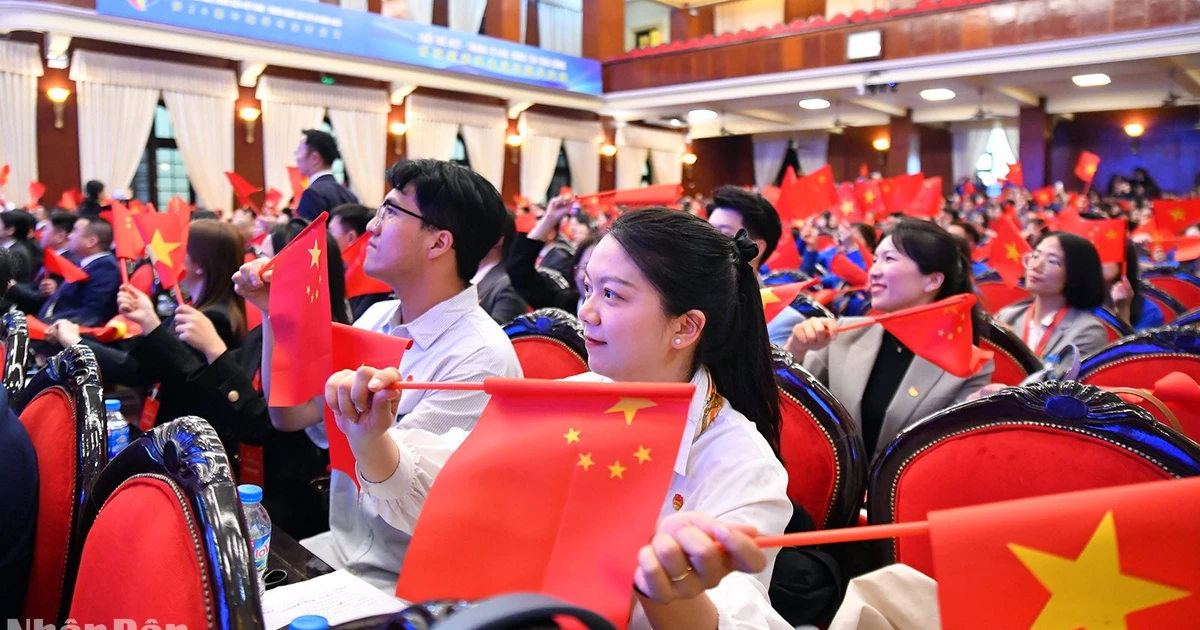
![[Photo] Reception to welcome General Secretary and President of China Xi Jinping](https://vstatic.vietnam.vn/vietnam/resource/IMAGE/2025/4/14/9afa04a20e6441ca971f6f6b0c904ec2)
![[Photo] National Assembly Chairman Tran Thanh Man meets with General Secretary and President of China Xi Jinping](https://vstatic.vietnam.vn/vietnam/resource/IMAGE/2025/4/14/4e8fab54da744230b54598eff0070485)
![[Photo] Prime Minister Pham Minh Chinh meets with General Secretary and President of China Xi Jinping](https://vstatic.vietnam.vn/vietnam/resource/IMAGE/2025/4/14/893f1141468a49e29fb42607a670b174)
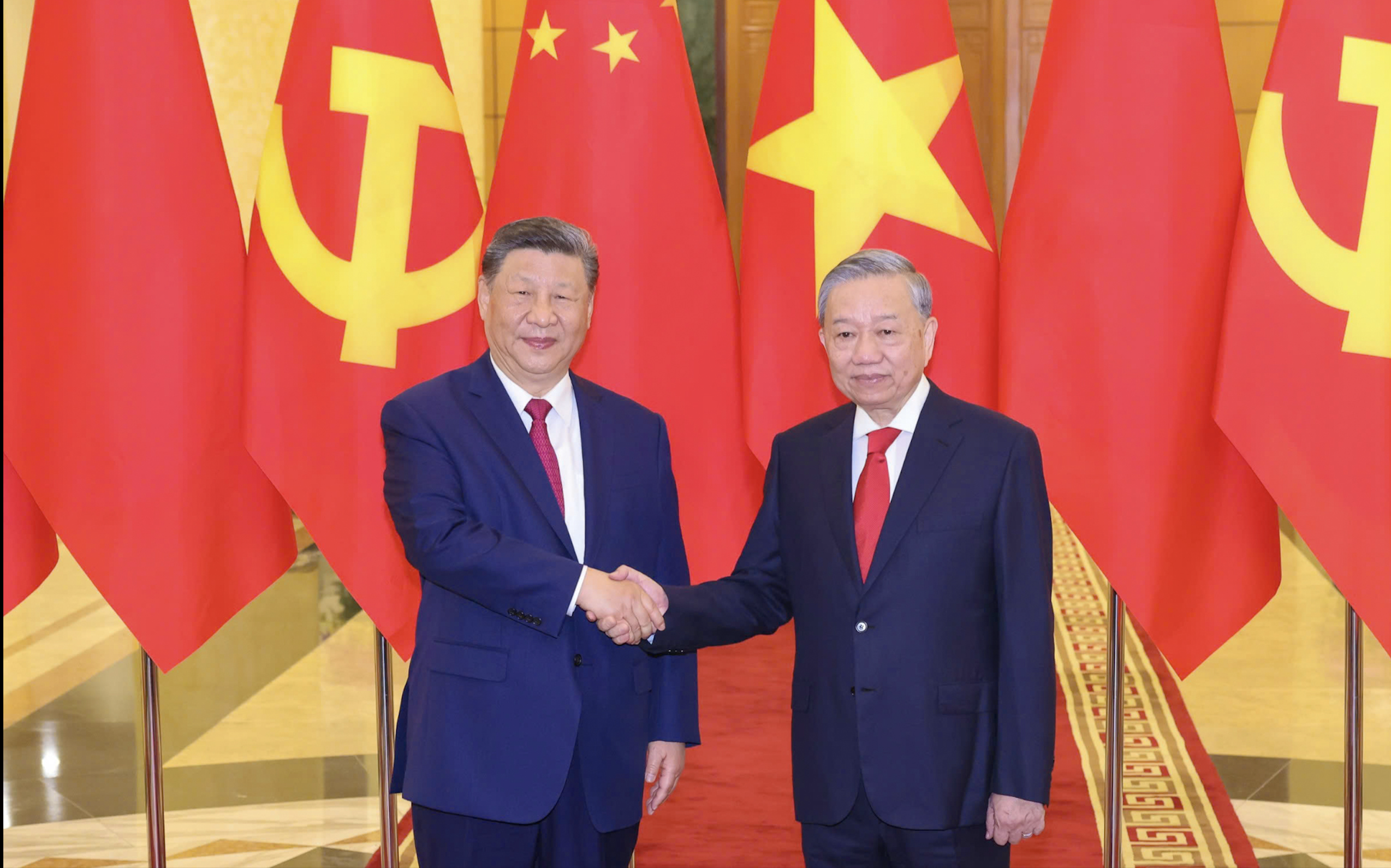
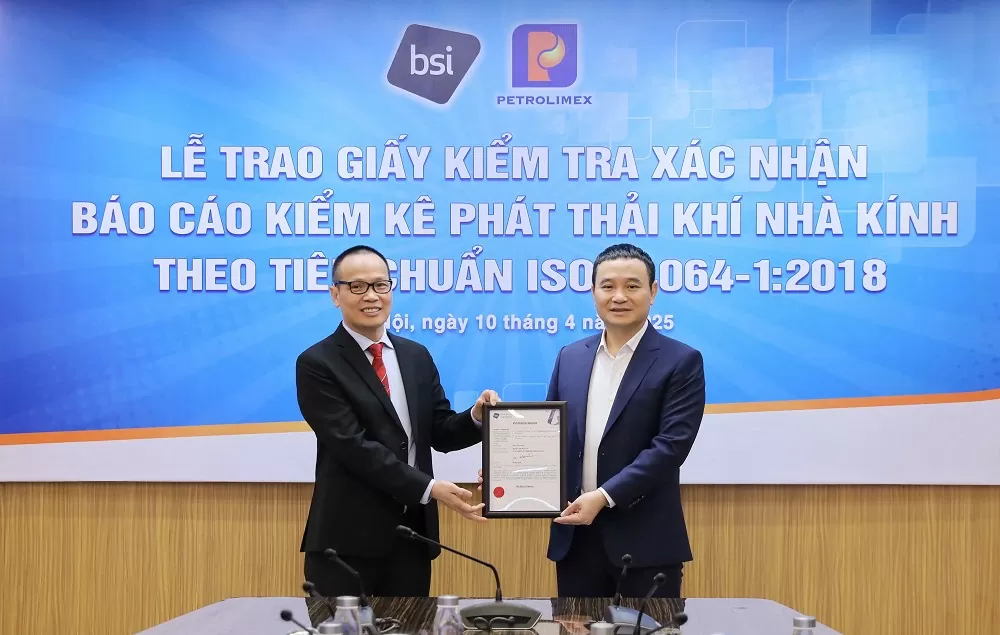
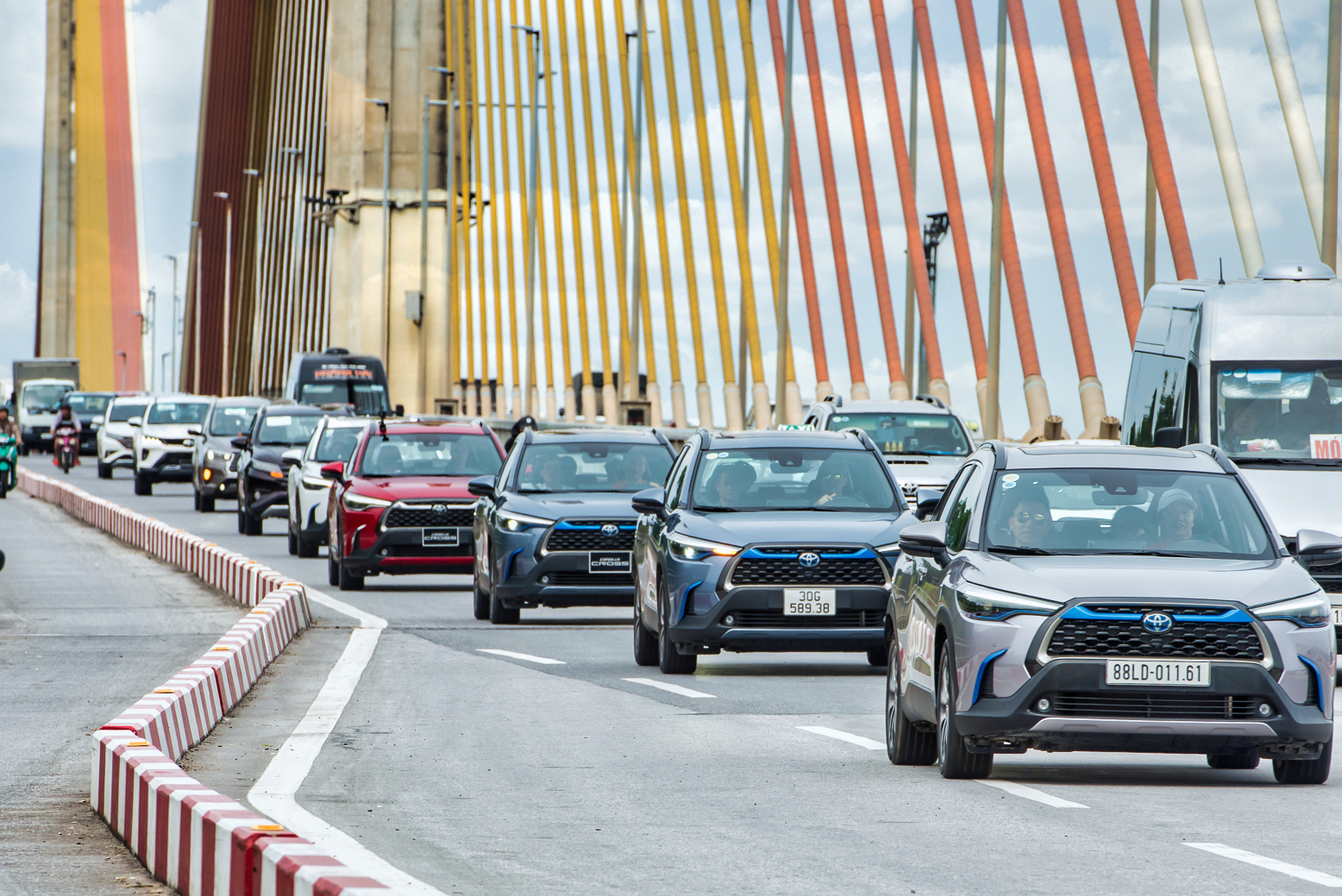

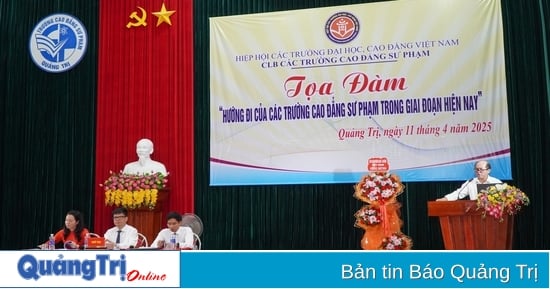


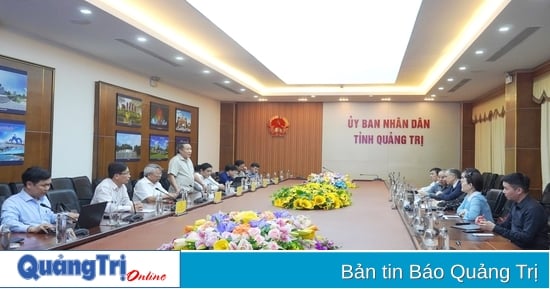


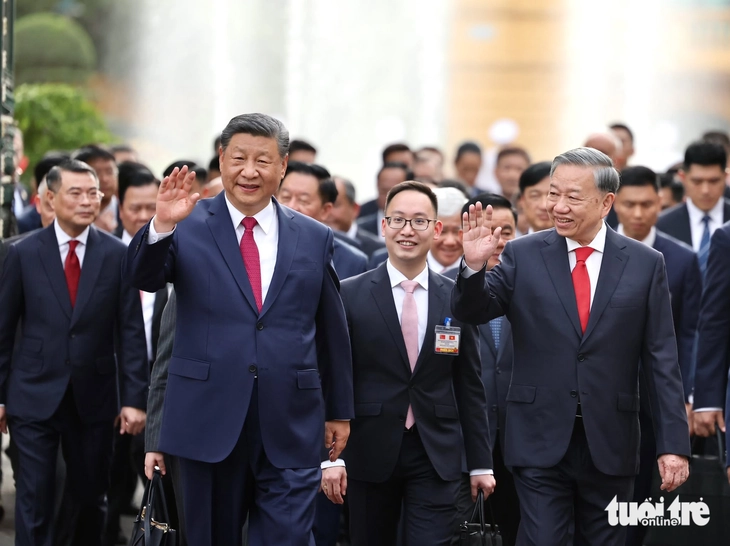
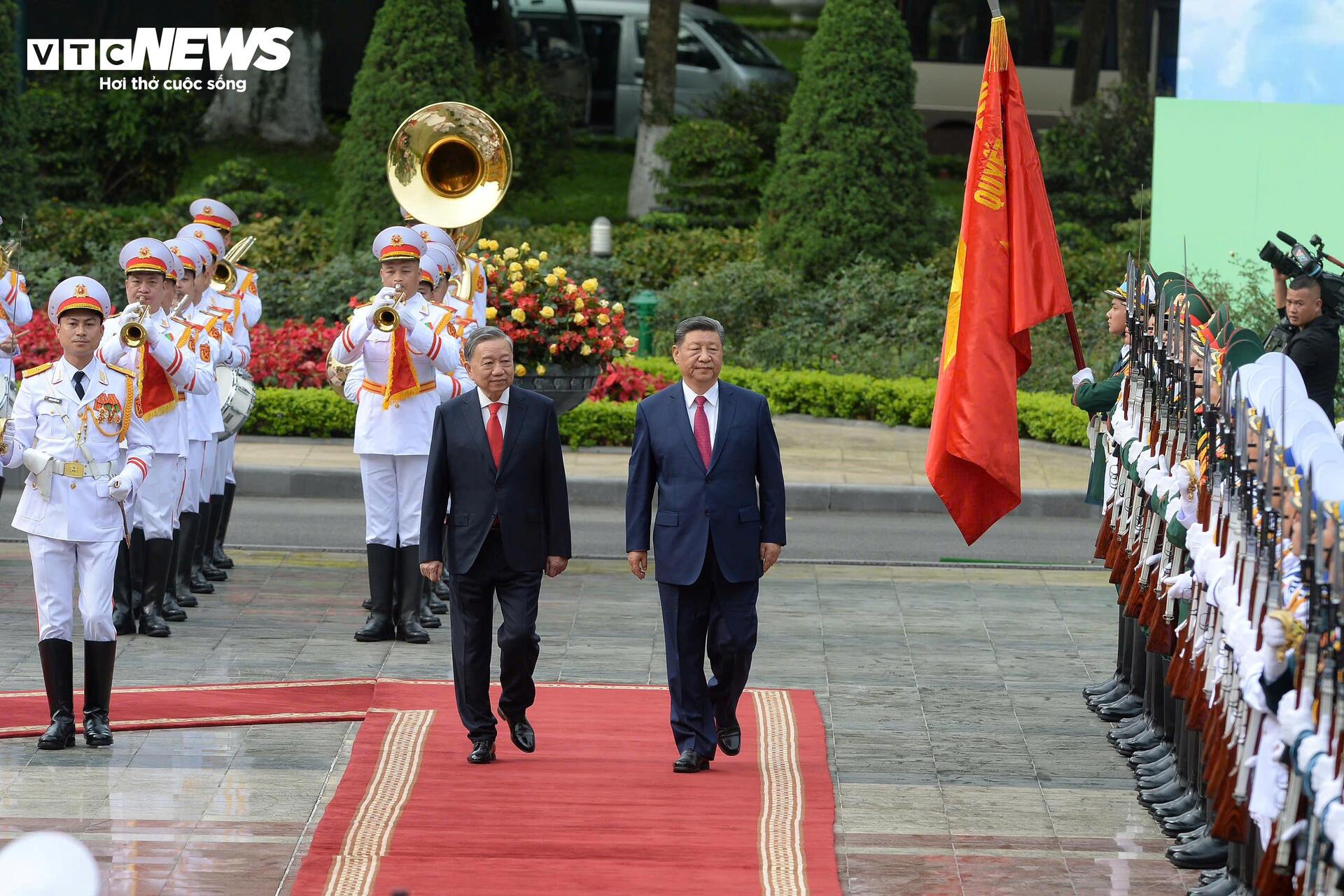
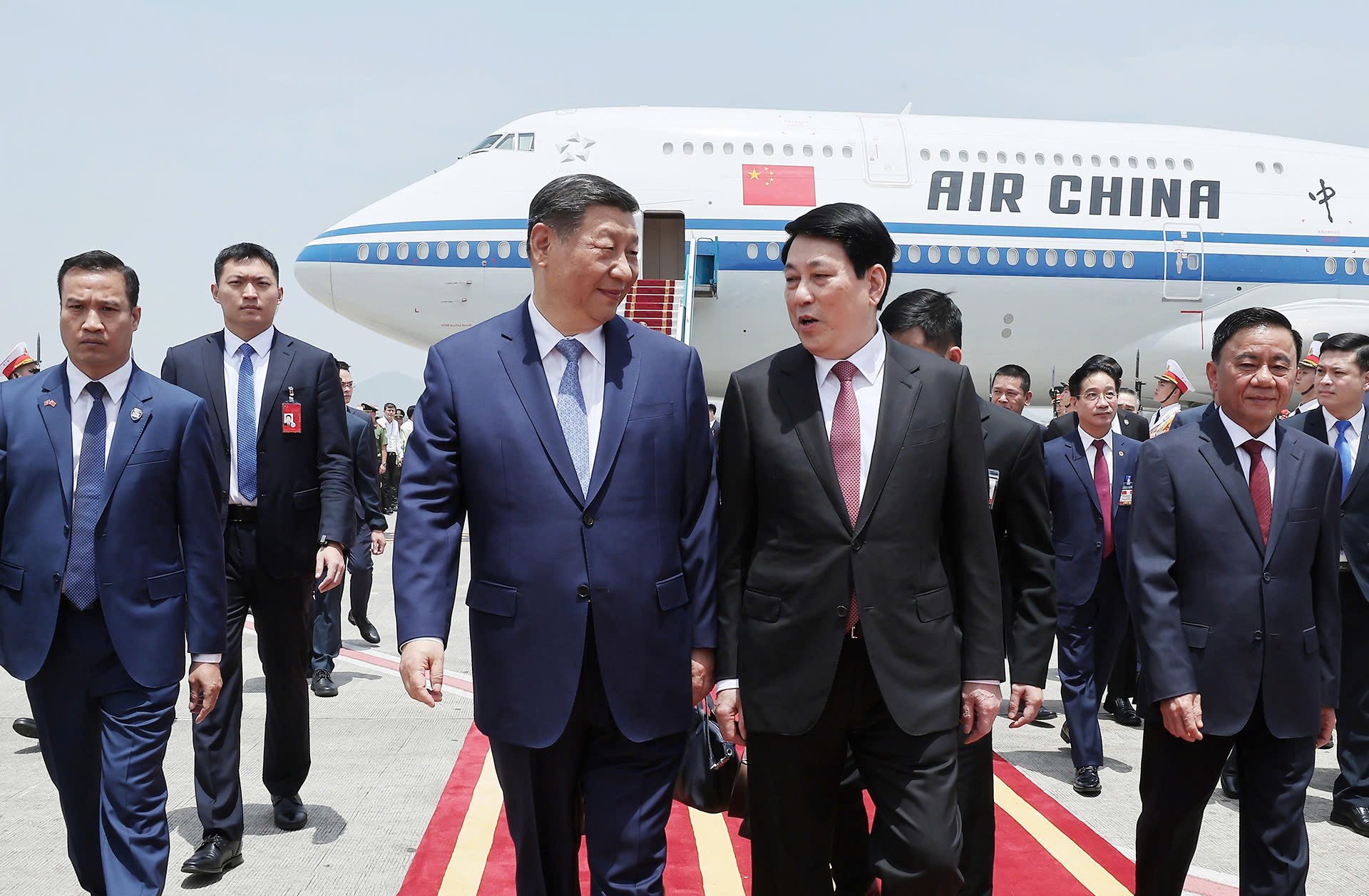


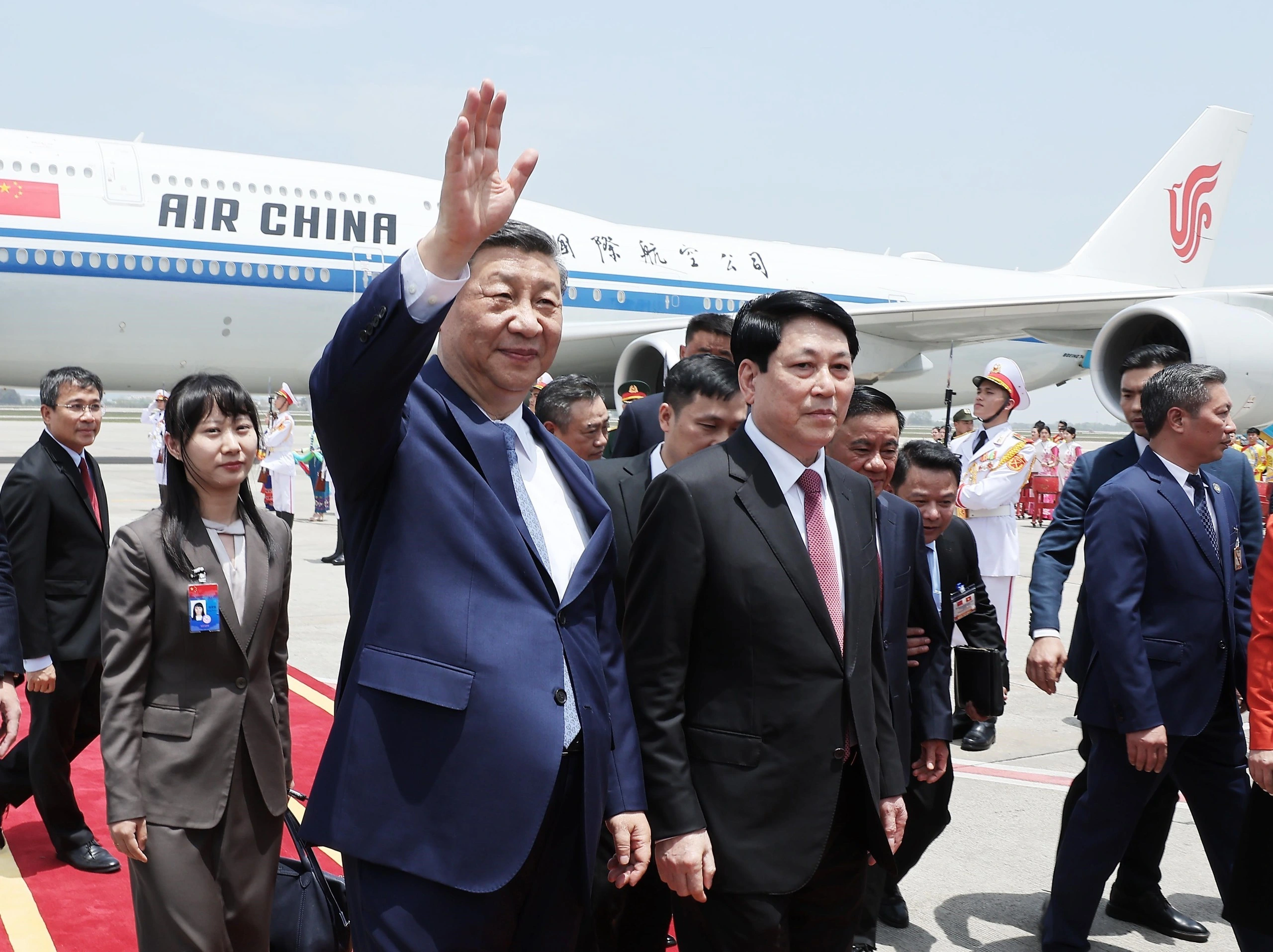



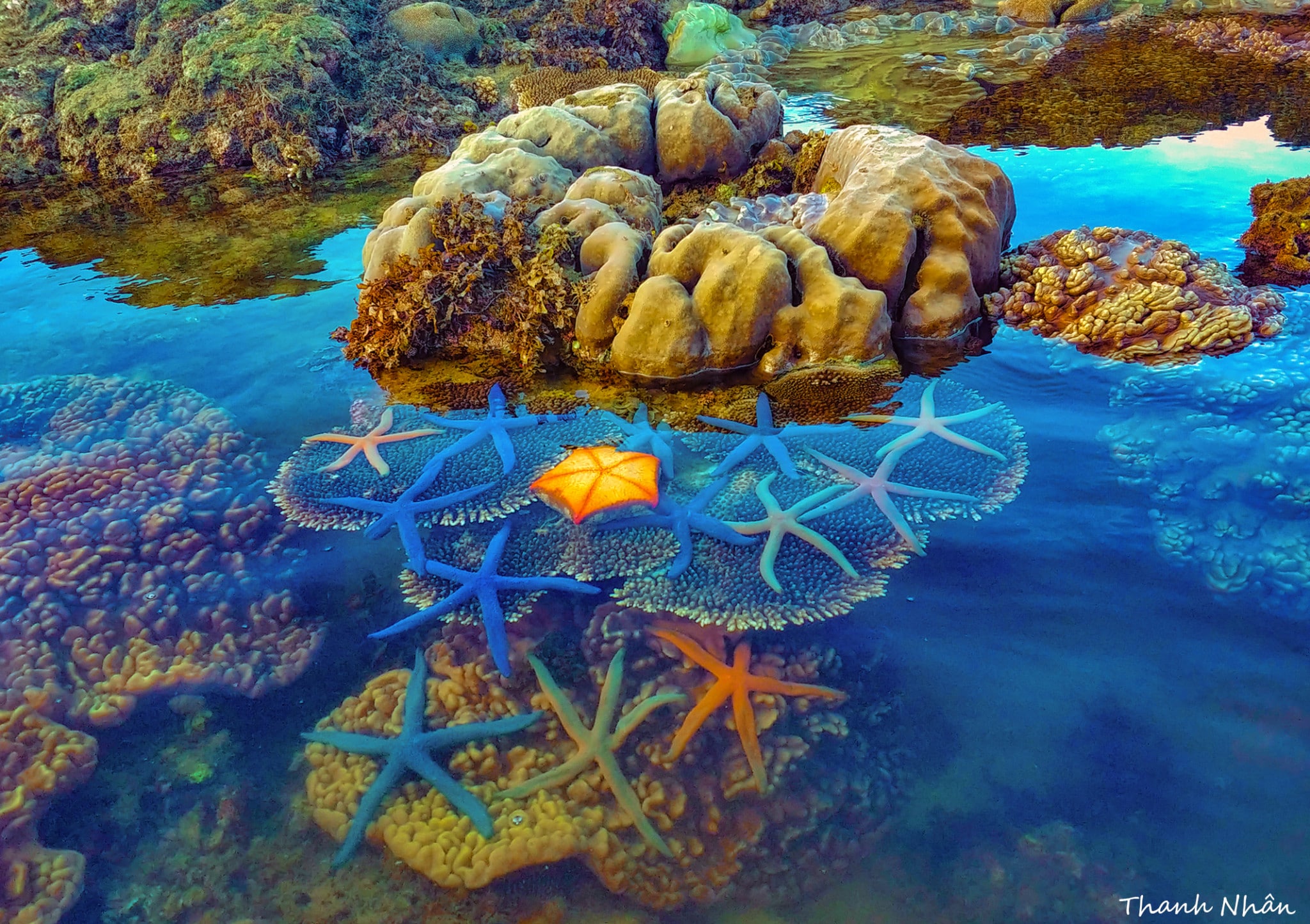

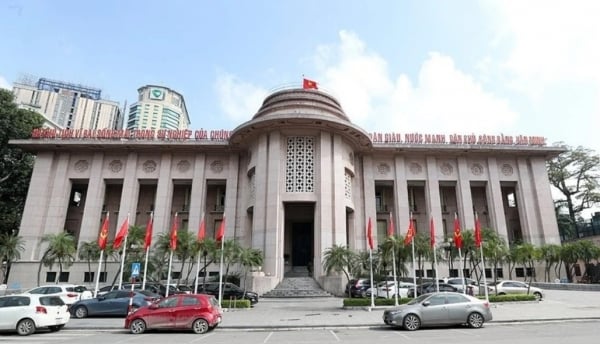

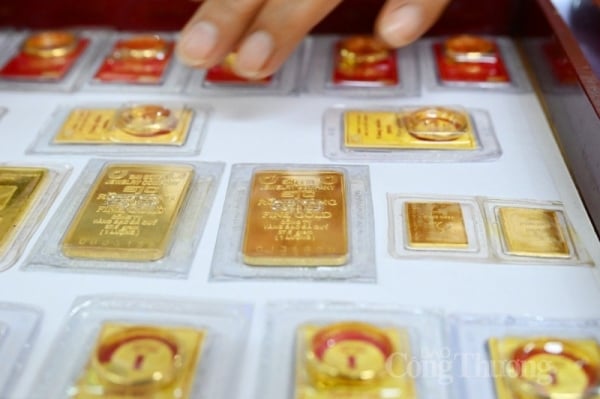

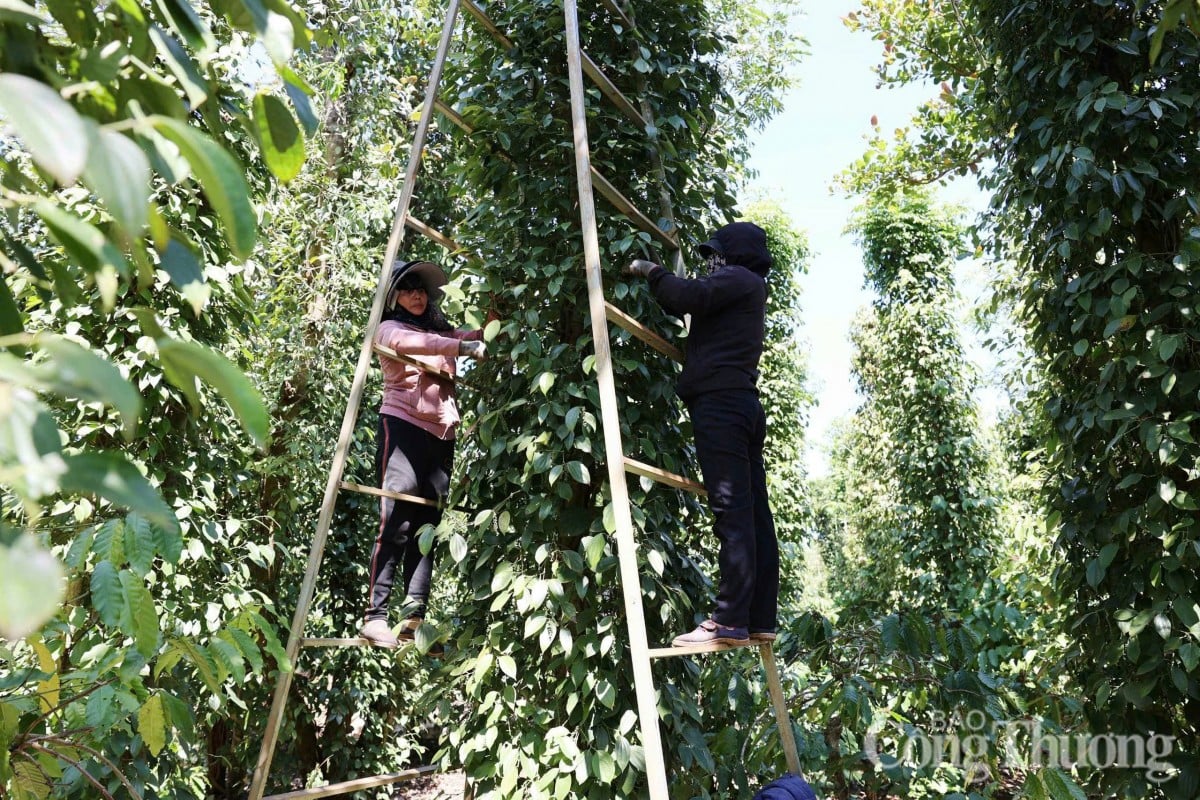







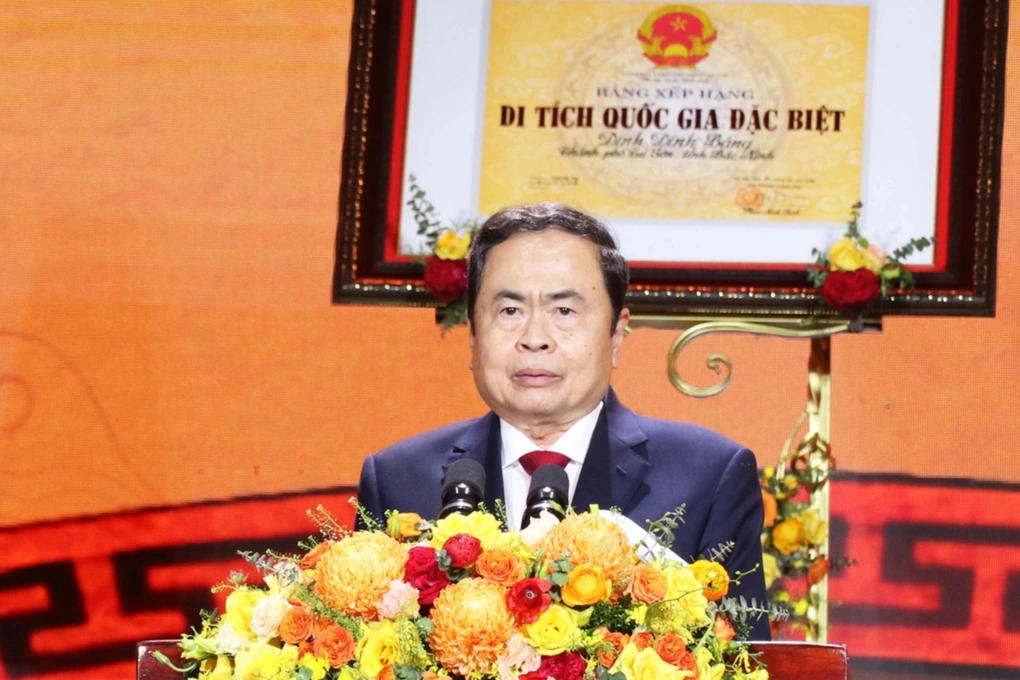



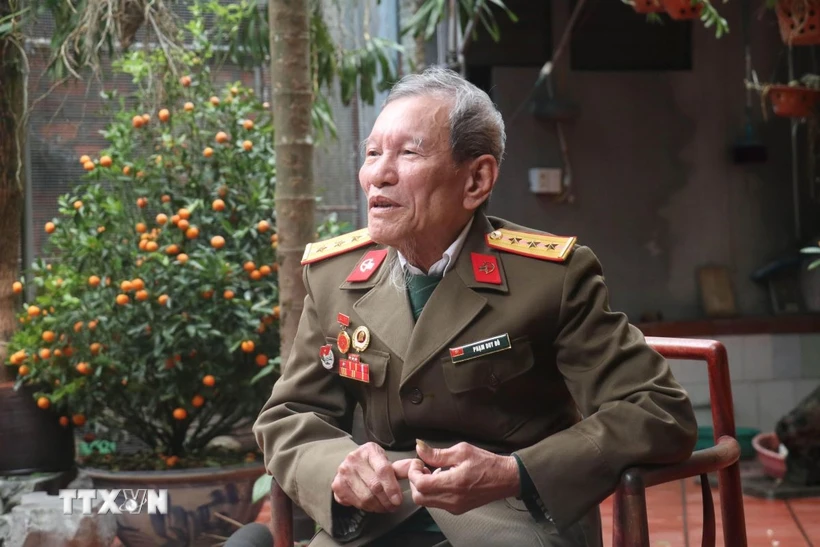





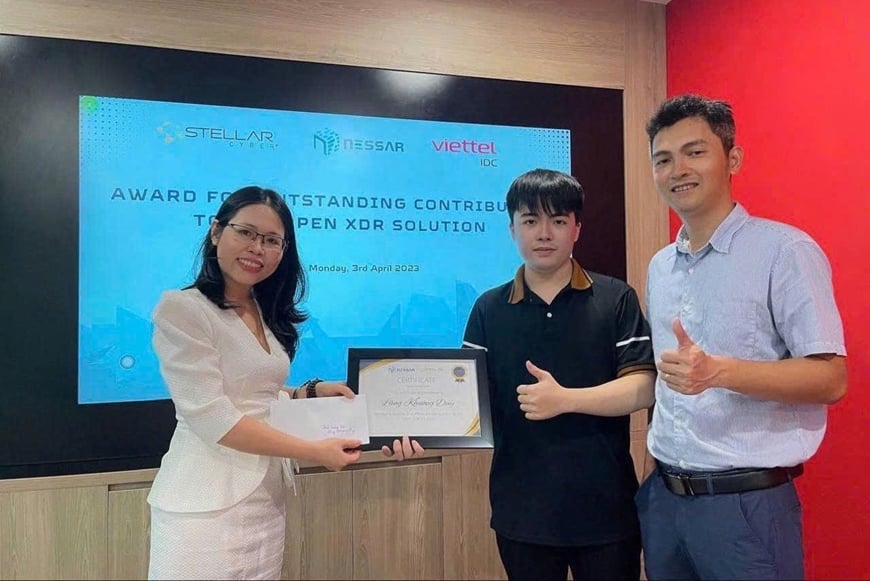



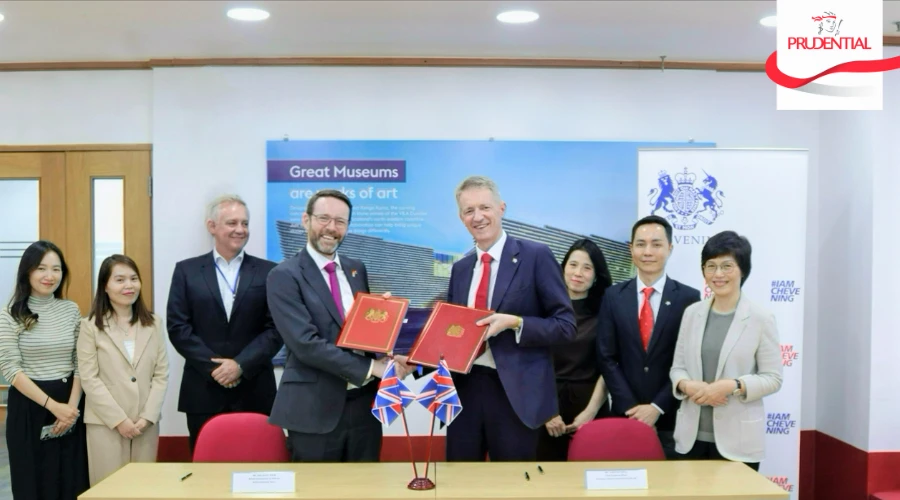




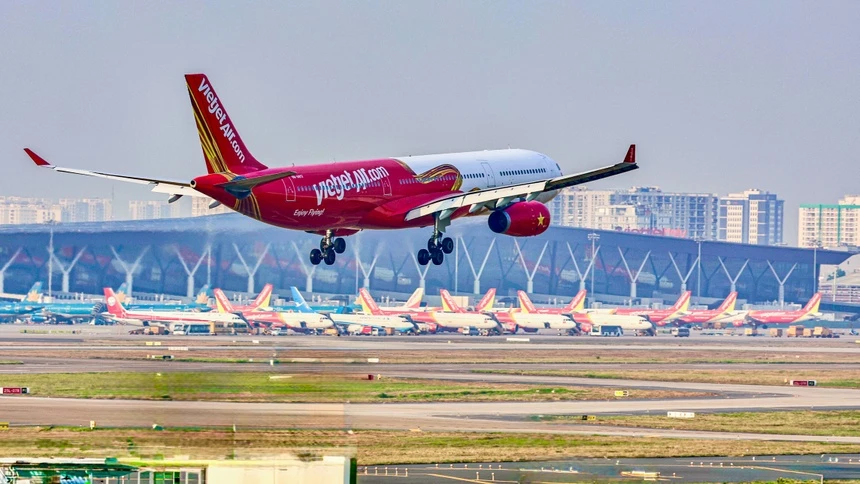

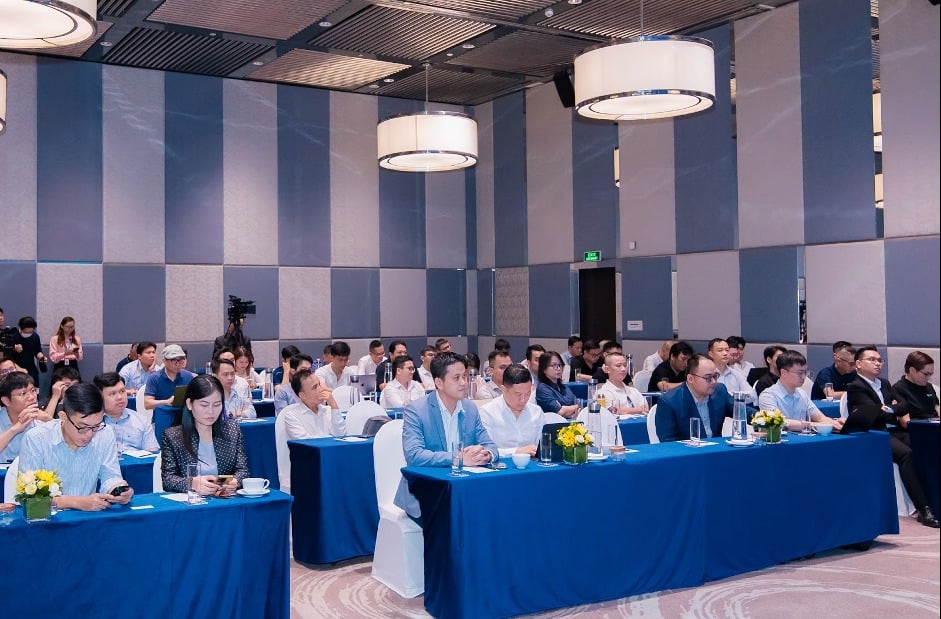


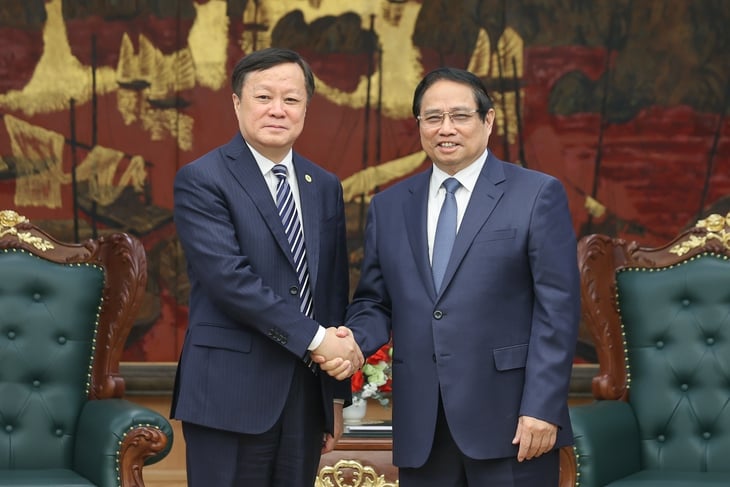
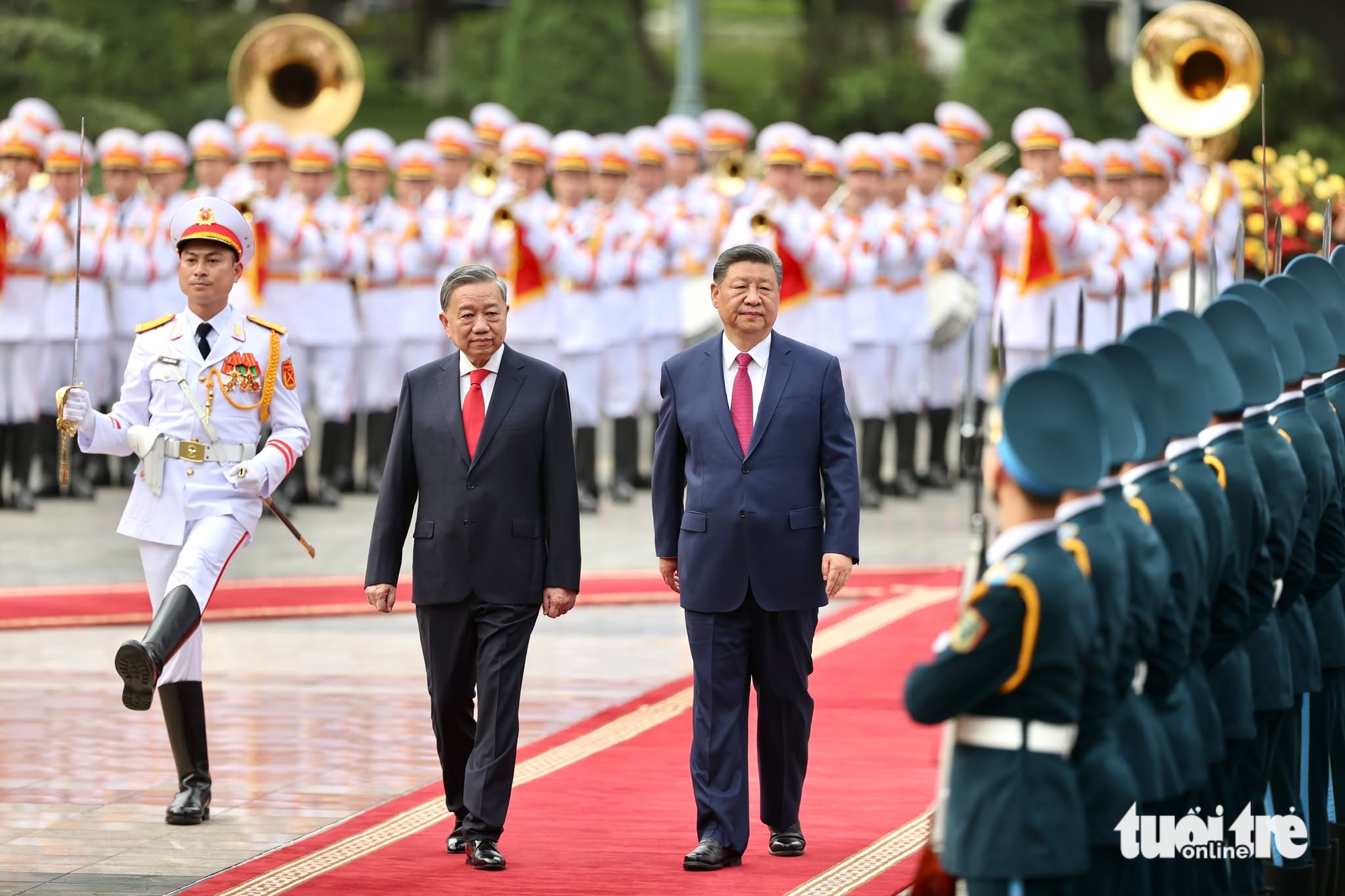
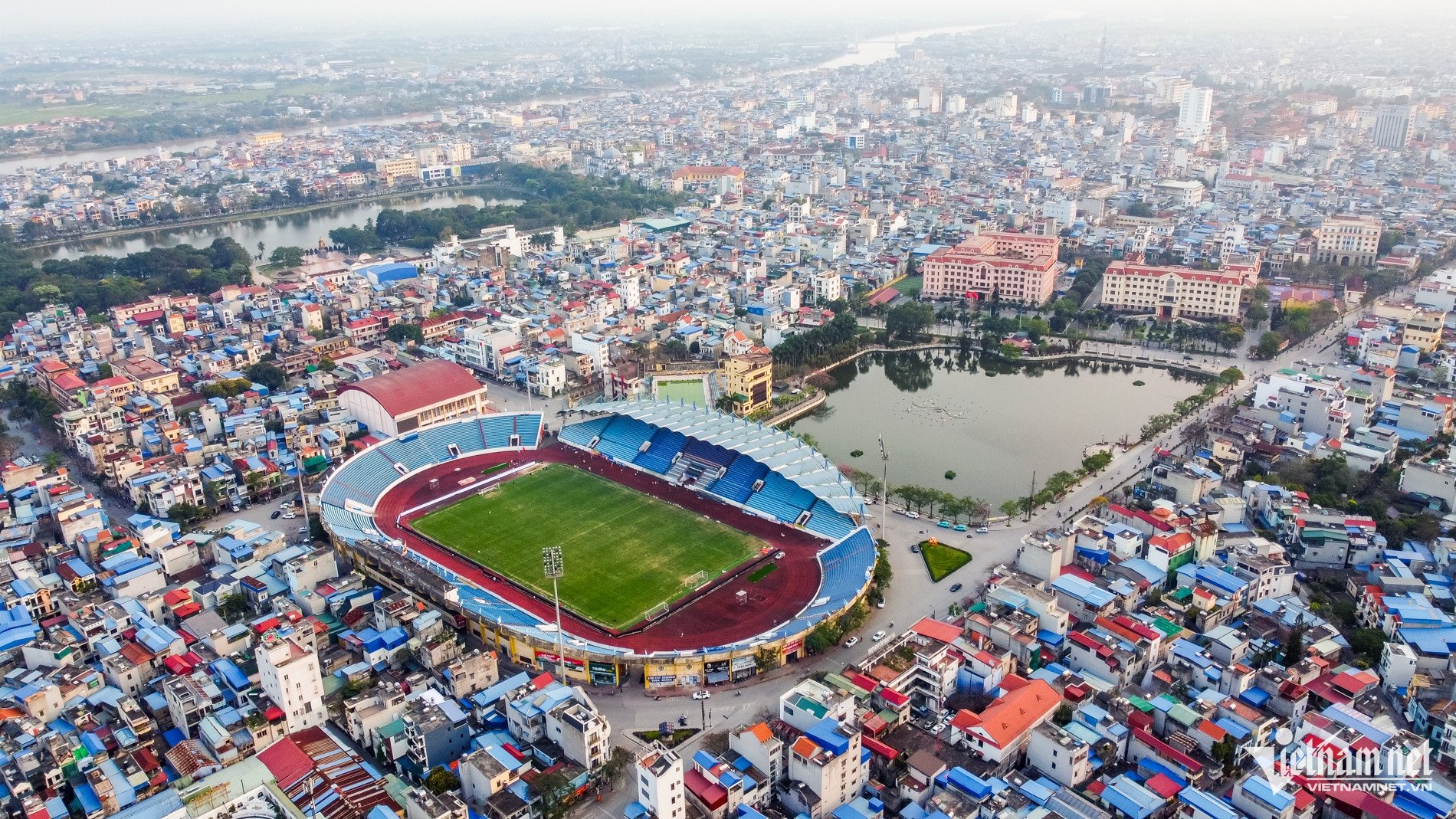
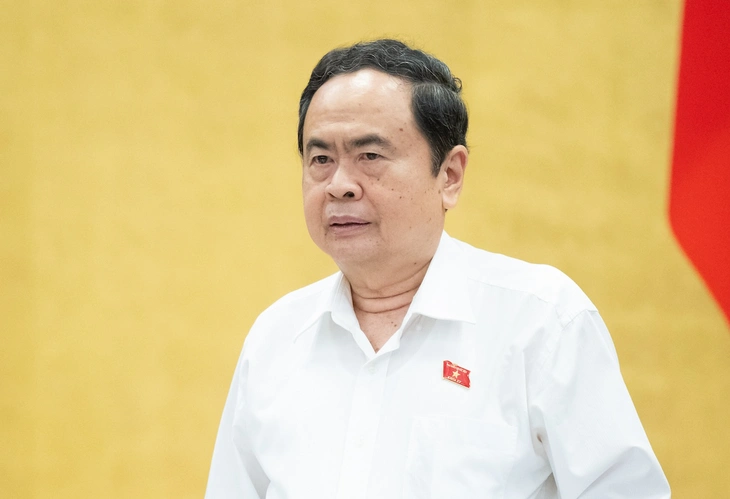



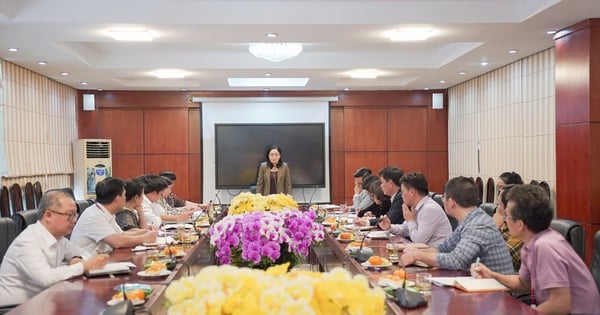
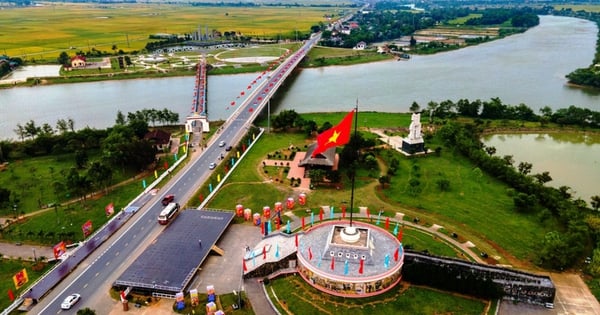

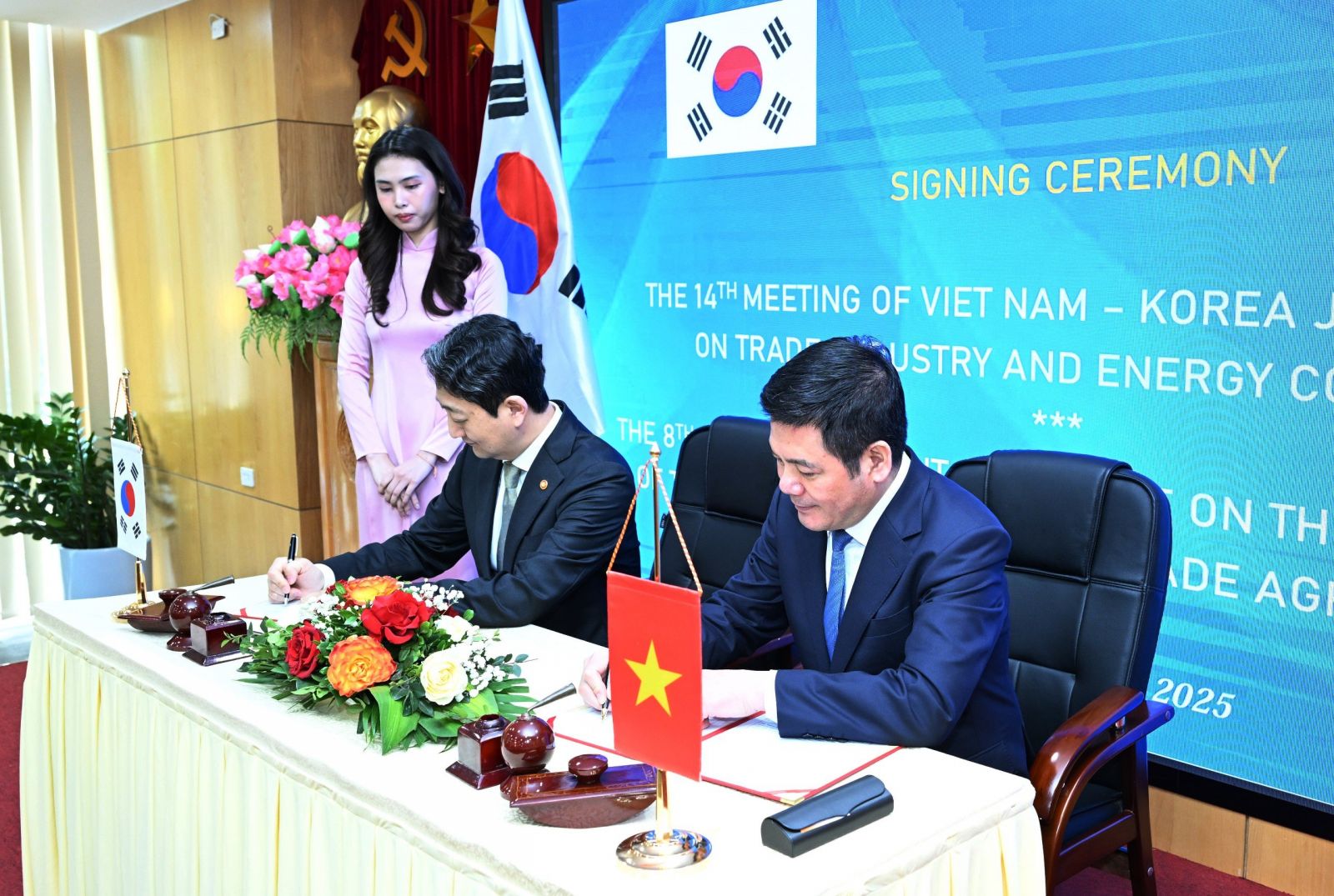

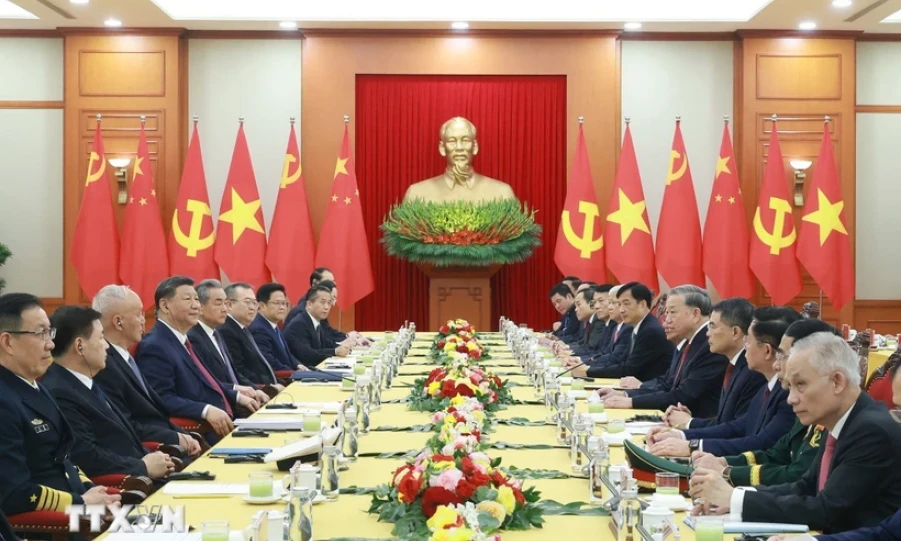
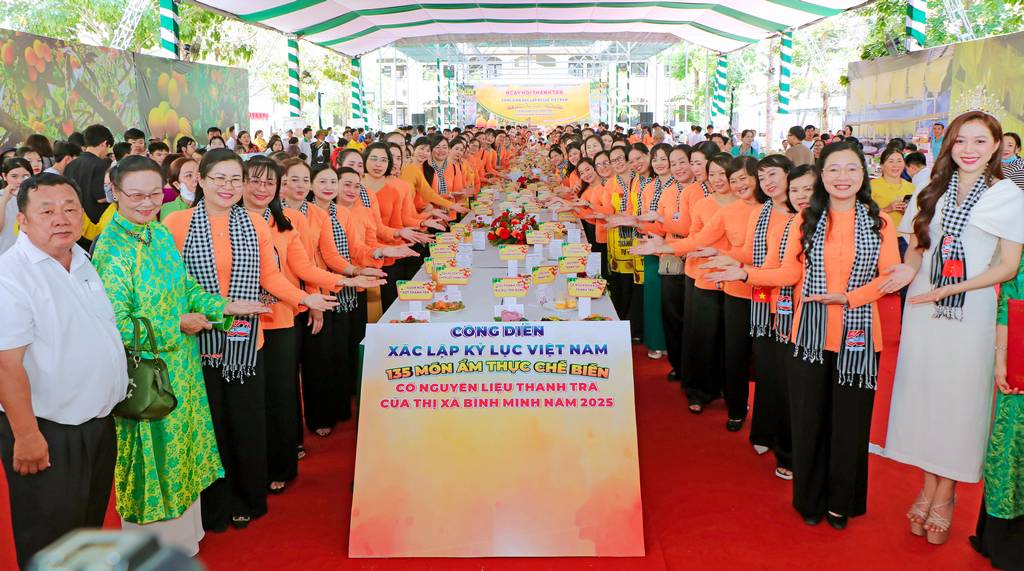
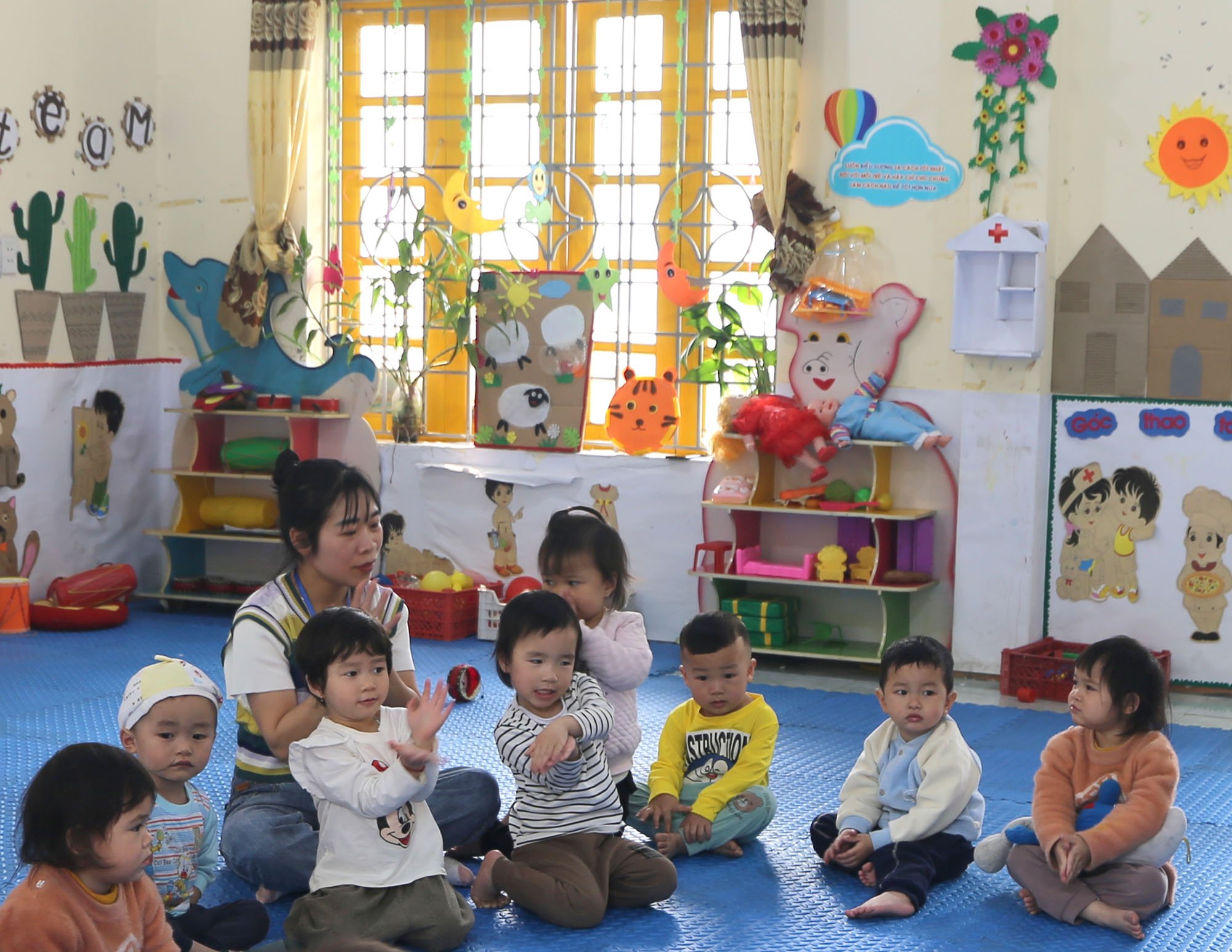
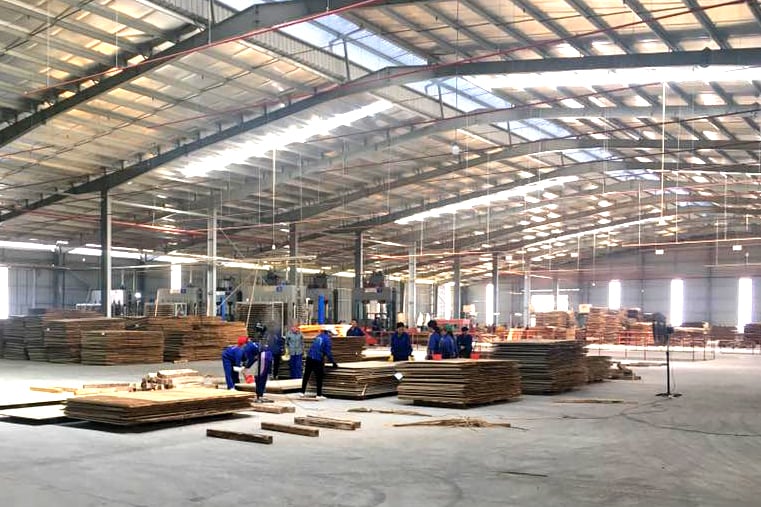
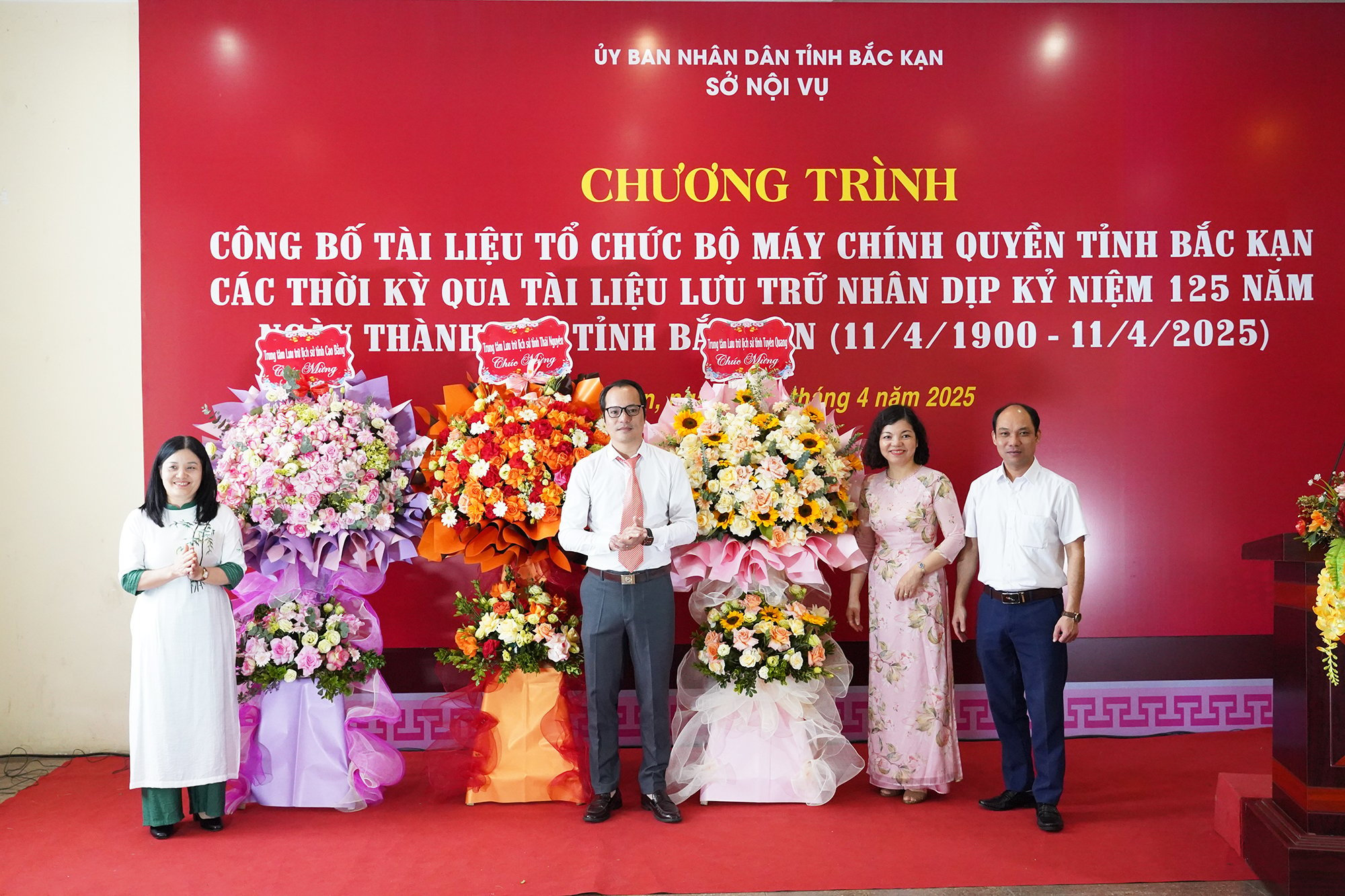
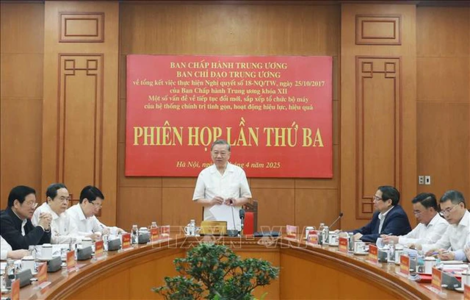
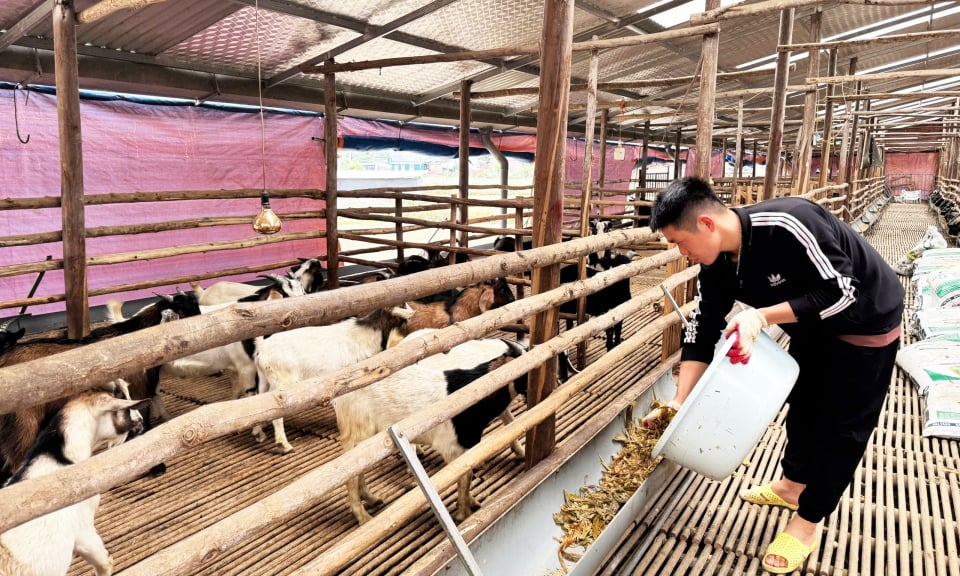









Comment (0)